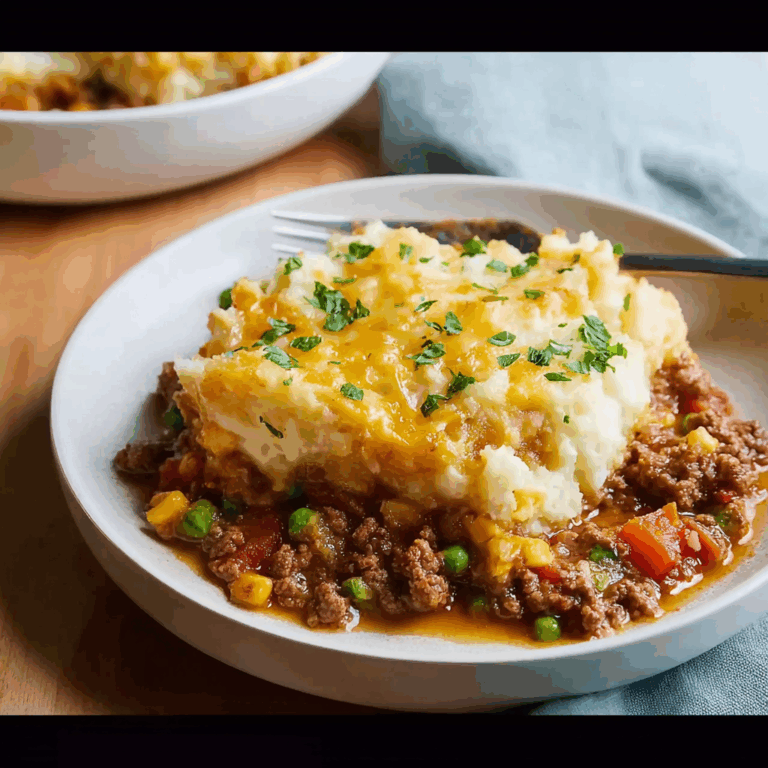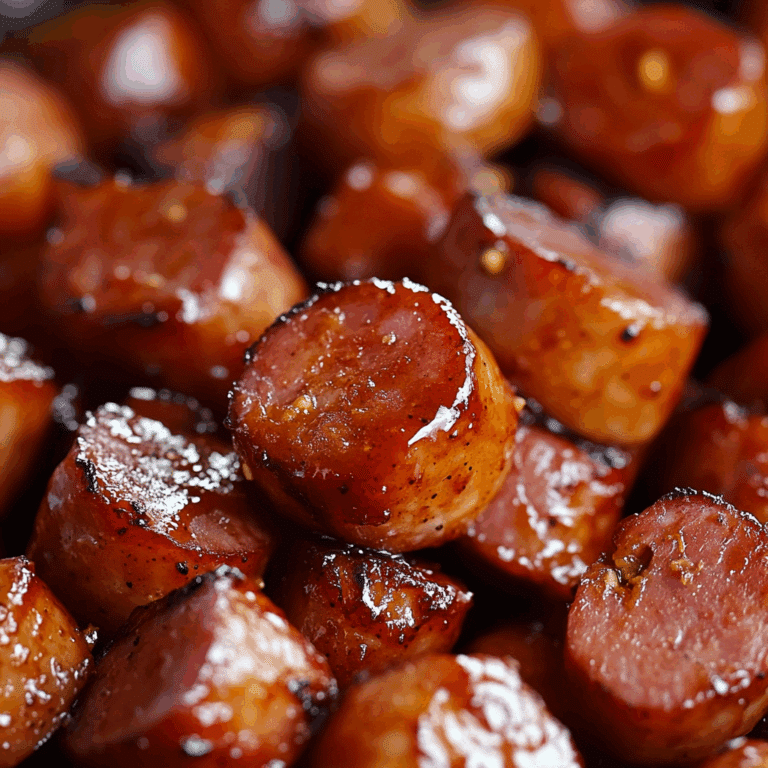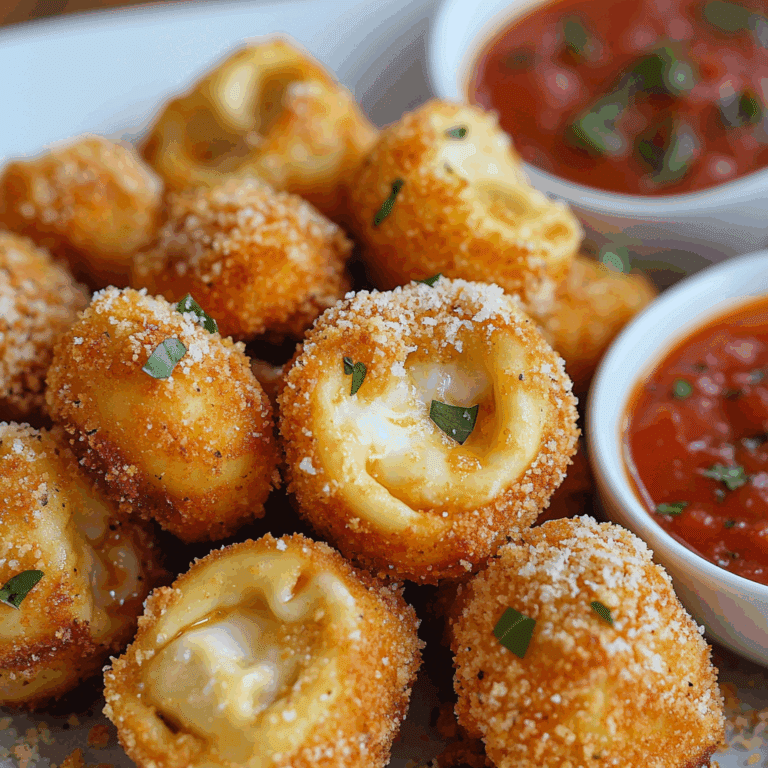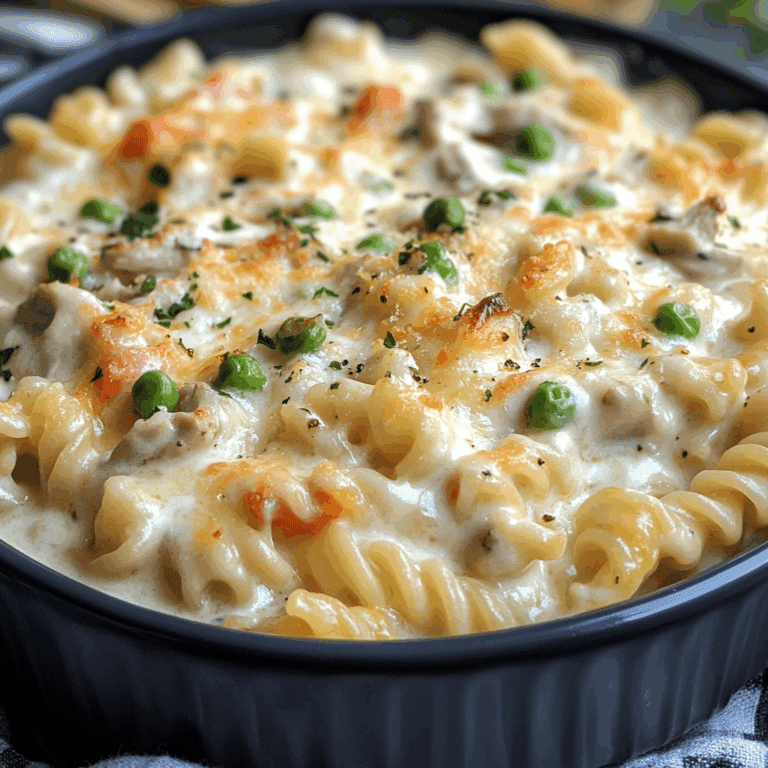Why No-Knead Herb Bread Will Change Baking
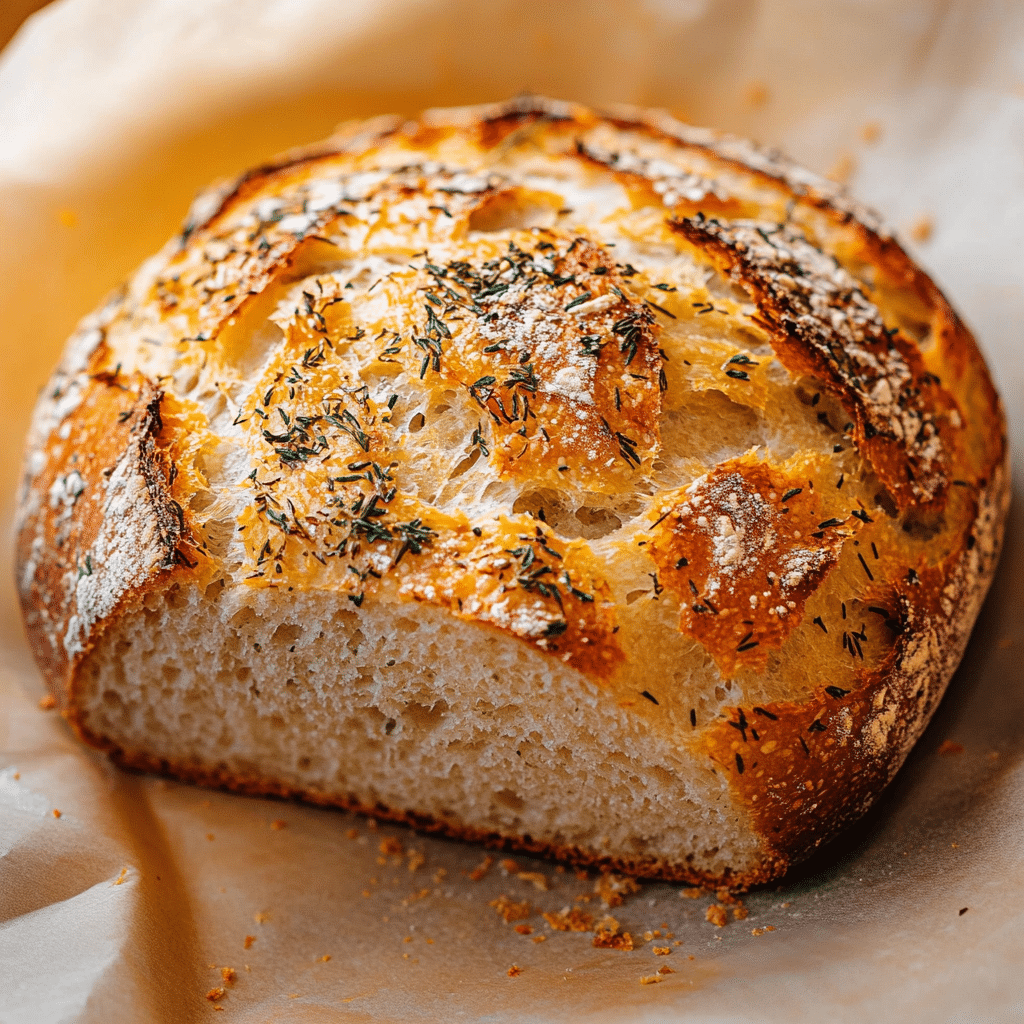
Discover the ease of No-Knead Herb Bread with this simple recipe that transforms your baking with delicious, aromatic flavor. Combining fragrant herbs and simple ingredients without the fuss of kneading, this bread offers an effortless way to fill your kitchen with a warm, inviting aroma and enjoy fresh homemade bread anytime. Whether you’re a seasoned baker or a beginner, No-Knead Herb Bread brings charm and ease to your baking routine.
Why You’ll Love This Recipe
- Effortless Preparation: No need to spend time kneading dough, making this recipe perfect for busy days.
- Delicious Herb Infusion: Fresh herbs like rosemary and thyme provide a natural, savory taste that elevates the bread.
- Beautiful Crust and Texture: The long fermentation develops a crispy crust and soft, airy crumb that feels artisan-quality.
- Versatile for Any Occasion: From casual sandwiches to elegant dinners, this bread fits all your needs.
- Minimal Ingredients Required: You’ll only need a handful of common pantry staples, making it budget-friendly and accessible.
Ingredients You’ll Need
Simple, wholesome ingredients make this No-Knead Herb Bread stand out. Each one adds to the texture, flavor, or appearance, ensuring your bread is a true delight from the first bite.
- All-Purpose Flour: Forms the base for the bread’s structure and crumb.
- Warm Water: Activates the yeast and hydrates the dough for fermentation.
- Active Dry Yeast: Helps the bread rise, providing lightness without kneading.
- Salt: Enhances flavor and controls yeast fermentation.
- Fresh Herbs (Rosemary, Thyme, or Sage): Add aromatic, earthy notes that create an irresistible scent and taste.
- Olive Oil: Offers richness and a subtle fruity undertone while keeping the crust tender.
- Optional Garlic Powder: A touch to deepen the savory flavor, if desired.
Variations for No-Knead Herb Bread
Feel free to customize your No-Knead Herb Bread to suit your taste or dietary preferences. This flexible recipe welcomes a variety of herb and ingredient swaps with open arms!
- Cheese Infusion: Stir in grated Parmesan or cheddar for a cheesy twist that melts into every bite.
- Gluten-Free Version: Use a gluten-free flour blend and add xanthan gum for structure.
- Seeded Delight: Incorporate sunflower seeds, chia seeds, or flaxseeds for extra crunch and nutrition.
- Spicy Kick: Add a pinch of crushed red pepper flakes or ground black pepper to spice it up.
- Herb Mix Variations: Swap or combine herbs like basil, oregano, or parsley for new flavors every time.

How to Make No-Knead Herb Bread
Step 1: Combine Dry Ingredients
In a large bowl, mix the all-purpose flour, active dry yeast, salt, and your chosen dried herbs or herb powders evenly, preparing the base of your dough before adding liquids.
Step 2: Add Water and Olive Oil
Pour warm water and olive oil into the dry ingredients and stir gently with a wooden spoon until just combined; the dough will be sticky and shaggy, which is perfect for no-knead bread.
Step 3: Let It Rise
Cover the bowl with plastic wrap or a clean towel and leave the dough to ferment at room temperature for 12 to 18 hours, allowing natural gluten development and flavor enhancement with no effort.
Step 4: Shape and Second Rise
Dust a surface with flour, gently shape the dough into a ball without deflating too much, and let it rest under a floured towel for another 1 to 2 hours to rise and become puffy.
Step 5: Bake in a Dutch Oven
Preheat your oven to 450°F (230°C) with a Dutch oven inside to create a steamy environment. Place the dough inside the hot pot, cover, and bake for 30 minutes, then uncover and bake for another 15 minutes to develop a golden crust.
Step 6: Cool Before Serving
Remove the bread from the oven and let it cool on a wire rack for at least 30 minutes to finish setting the crumb and make slicing easier.
Pro Tips for Making No-Knead Herb Bread
- Use Room Temperature Water: This helps activate yeast evenly without killing it, ensuring a good rise.
- Mix Herbs Thoroughly: Distribute herbs evenly for consistent flavor throughout every slice.
- Don’t Skimp on Rise Time: The long fermentation develops the crust and crumb beautifully, so patience pays off.
- Invest in a Dutch Oven: Its heat retention is key to getting that irresistible crust and texture at home.
- Use a Sharp Knife for Slicing: A serrated bread knife will keep slices clean and preserve the crumb structure.
How to Serve No-Knead Herb Bread
Garnishes
Freshly chopped herbs or a drizzle of high-quality olive oil after baking enhance the rustic charm and reinforce the bread’s savory notes.
Side Dishes
This bread pairs wonderfully with soups, stews, and crisp salads, adding a satisfying texture to every bite and soaking up flavorful broths.
Creative Ways to Present
Slice and toast with garlic butter for breakfast, serve alongside a cheese board for entertaining, or use as sandwich bread for gourmet lunches that impress.
Make Ahead and Storage
Storing Leftovers
Wrap your No-Knead Herb Bread tightly in plastic wrap or place it in a bread box at room temperature to keep it fresh for up to two days without losing moisture.
Freezing
Freeze whole or sliced bread in airtight freezer bags for up to three months, making it easy to enjoy fresh-tasting bread on demand.
Reheating
Reheat slices in a toaster or warm the whole loaf in a 350°F (175°C) oven for 10 minutes to revive the crust’s crispness and soften the crumb.
FAQs
Can I use dried herbs in this recipe?
Absolutely! Dried herbs work well and can be used if fresh ones aren’t available—just reduce the quantity slightly since dried herbs are more concentrated.
Is it necessary to use a Dutch oven for baking?
While a Dutch oven creates ideal steam and crust, you can bake the bread on a baking stone or sheet, but expect a slightly different crust texture.
How long can I keep No-Knead Herb Bread at room temperature?
It stays fresh for about two days at room temperature when stored properly; after that, it’s best to freeze or consume to avoid staleness.
Can I add other ingredients like olives or nuts?
Yes! Incorporating chopped olives, nuts, or sun-dried tomatoes can add exciting flavors and textures while keeping with the no-knead approach.
What is the best flour to use?
All-purpose flour works perfectly for this recipe, but bread flour can be used for a chewier crumb due to its higher protein content.
Final Thoughts
Give No-Knead Herb Bread a try and rediscover the joy of simple baking. This recipe’s effortless approach combined with the uplifting aromas of fresh herbs makes it a kitchen favorite that warms both heart and home. Once you experience how easy and rewarding this bread is, it’s hard to go back to store-bought options—your weekly baking routine just found its new star!


